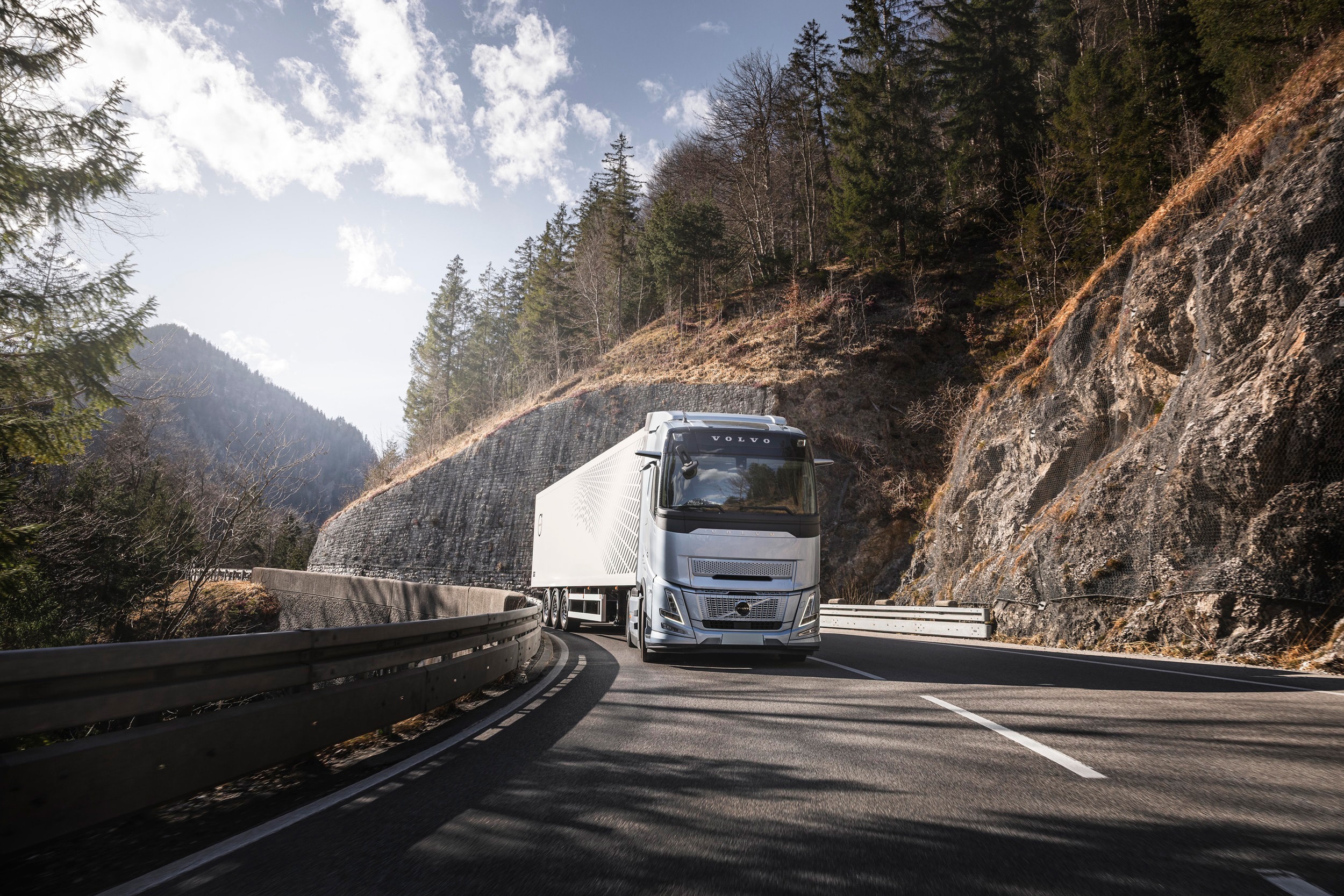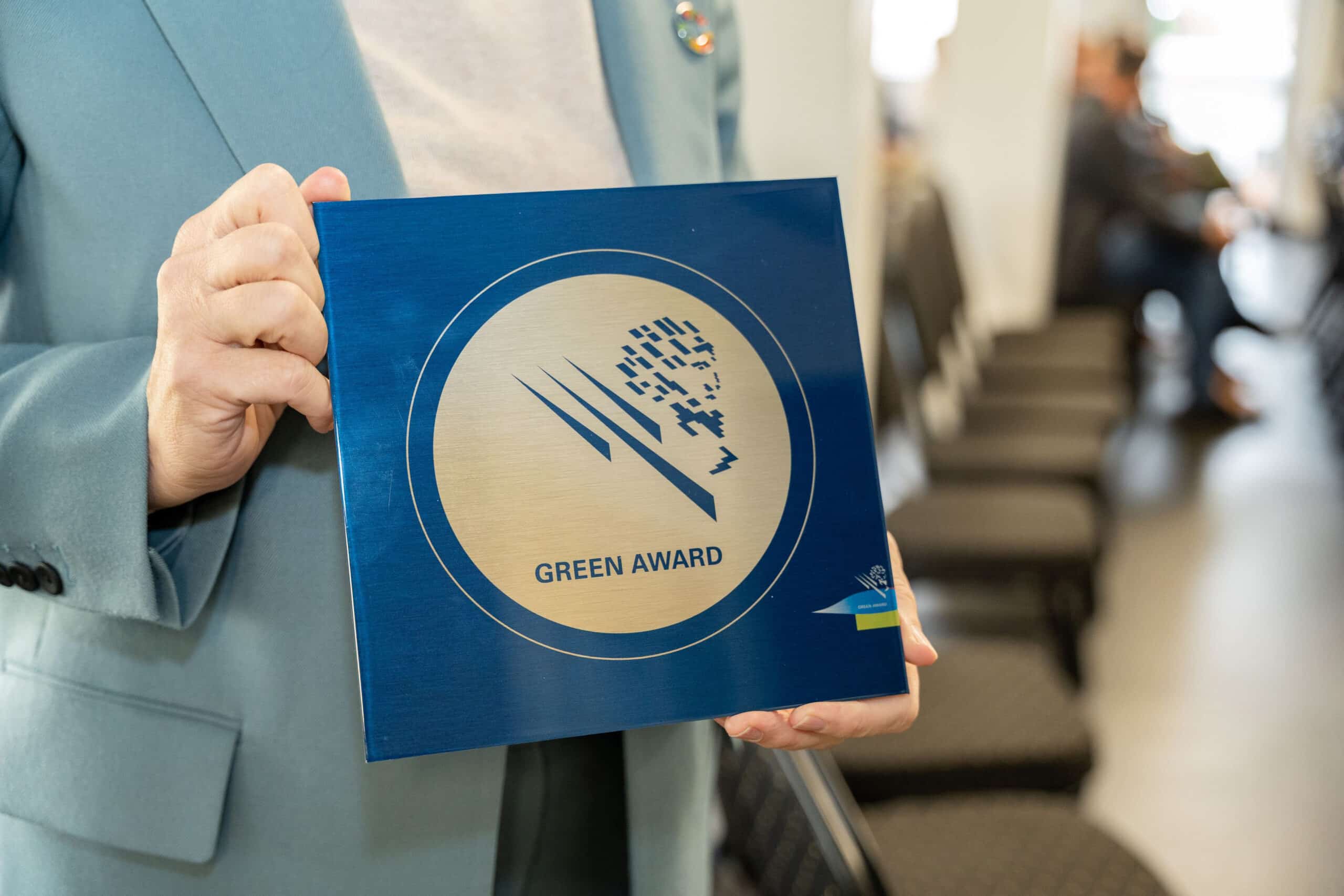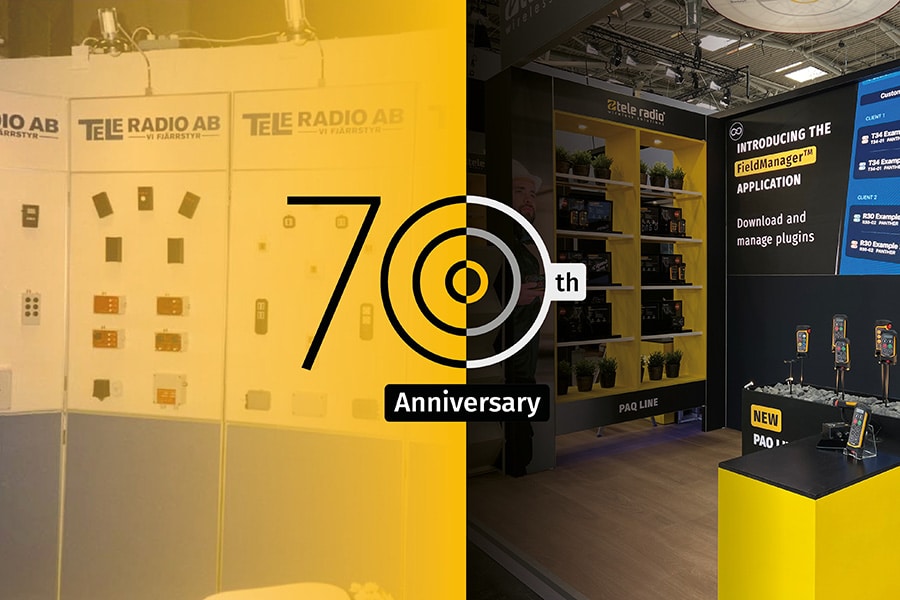
A16 Rotterdam infrastructure project writes history for Rotterdam and surrounding area
New connection contributes to mobility, accessibility and livability of the region
Construction consortium De Groene Boog is realizing the A16 Rotterdam project on behalf of the Department of Public Works. This consortium is formed by the companies BESIX, Dura Vermeer, Van Oord, TBI (Mobilis, Croonwolter&dros), Rebel and John Laing. The A16 Rotterdam will be a national highway between the A16/A20 at Terbregseplein and the A13 at Rotterdam The Hague Airport. The A16 will be extended by 11 kilometers on the northern edge of Rotterdam.
The new connection will ensure that traffic on the A13, A20 and surrounding local roads will soon be able to flow more smoothly and contribute to improved mobility, accessibility and livability of the region. A special project that makes history for Rotterdam and the surrounding area, not least because of the enormous challenges, innovative solutions and sustainable work. We speak at the project offices with Eelco Negen, project manager A16 Rotterdam from Rijkswaterstaat and with Hein Versteegen, project director De Groene Boog.
'That lump of sand had been waiting there for more than 40 years by now'
The first plans to extend the A16 date back to the 1950s. "During the construction of the Terbregseplein, this was already taken into account," Nine outlines. "Anticipating matters, a lump of sand was already dumped in that area at the time. So that has been there for more than 40 years." The exploration for project A16 Rotterdam started in 2005, from which the planning procedures decision eventually followed in 2016. Versteegen: "Options that were desirable in the 1950s and 1960s could not even be implemented anymore. All caught up with current events in the form of construction." To arrive at a Route Decision for a project of this magnitude takes a lot of time. Nine: "The incorporation is very complex and involves several administrative paths. For example, one of the tunnel mouths was moved up due to a contribution from the region in the negotiation process. There was also a lot of consultation and coordination in terms of nature. Ten years elapsed between the end of the exploration and the completion of the planning procedures decision. That seems a lot, but is normal for a project like this."

Overview of the final alignment.
Staying up to date with technological developments
Versteegen emphasizes that staying up to date with technological developments is a challenge: "The current, energy-neutral concept was conceived four years ago. To ensure that everything can last 20 years, we want to make technical choices as late as possible. When the road and tunnel open in 2025, you will see that a lot of technology has already been subject to evolution." Nine adds, "It is also exciting, for example, we are going to work with direct current (DC) in the tunnel. That seems like a very good solution, but it's the first time something like that has been applied." Versteegen: "It may not yet be proven technology on this scale in this project, but we do hope to set a new standard in sustainability with this."
According to Nine, there is a strong desire for robust innovations, but new technology is given little time to prove itself. "The biggest challenge is not in the technology, but in the speed at which technology changes," said Nine. Applying new technology sometimes also means changing regulations. Versteegen gives an example: "Led lighting has a different light spectrum than conventional lighting, which means that current standards need to be adjusted to do justice to the savings of Led lighting. Technological developments are therefore ahead of the paperwork." Nine sees a number of distinctive issues within project A16 Rotterdam as instructive for Rijkswaterstaat. Versteegen notes that Rijkswaterstaat does not have to worry about service and maintenance; De Groene Boog has a DBFM contract with Rijkswaterstaat. "Because we conceived and designed everything ourselves, the knowledge needed for maintenance and repairs is also present. In popular terms, this project is a wonderful 'test road' for Rijkswaterstaat, almost 12 km long." Nine: "Not only is a lot happening in terms of sustainability, we are also sharing our experiences within our European network so that everyone can learn from it."
Initiation of new developments thanks to support from RWS
"Rijkswaterstaat, in its role as 'launching customer,' has helped enormously, for example in developing electrically powered equipment. Rijkswaterstaat is showing that it takes these new developments very seriously and entrepreneurs are picking up on that, feeling empowered. Electrification of equipment is great when it comes to working sustainably," says Versteegen. "The Netherlands is leading the way in this. If the government starts imposing requirements in this, then everyone will eventually have to be 'on the rack'. That acts as a catalyst for sustainable working."
As a project, the A16 Rotterdam thus has a clear role model function. "It is about the use of young technology and the guts to apply it. Let me be clear, the A16 Rotterdam is certainly not a pilot, but it is a project with a strong focus on sustainability and future-proofing, with the shared ambition to set the bar high," said Nine. "Rijkswaterstaat expressed that ambition in the tender phase, then it became a joint ambition. So how do you do that together? Rijkswaterstaat and the Green Arch have together set up a program to give this cooperation an extra boost." Versteegen adds, "That philosophy has been there from day one of the collaboration, we are taking everyone (there are now 1,100 people working on this project) into it. A number of key people really radiate this ambition; don't talk, but do it together. We all complement each other and choose what is 'best for project'. That generates job satisfaction and motivates enormously."
'Ultimate form of landmarking'
Asked how the gentlemen feel looking at the A16 Rotterdam, Versteegen replied, "This really is the ultimate form of landmarking and we are all incredibly proud of it." Nine: "It is more than impressive what is being realized and also the way in which, if you look at the collaboration and the sustainable nature. And that too in full urban area!" With a project like this, as a local resident and road user you have to deal with disruption, but together we are doing everything we can to limit it. Extra kudos are due to communication with the surrounding area, which is really included in everything. "We maintain our social media channels and also receive many concerned reactions. Sympathetic actions are taking place from De Groene Boog towards the neighborhood and we notice that the people of Rotterdam are also proud of what is being realized. This in turn justifies our pride. We regularly receive officials from the ministry, the province, water boards and municipalities, who appreciate our efforts. We all do this on the basis of collectivity. The final conclusion may therefore be that we can only do this through harmony in working together with each other and with the environment."



